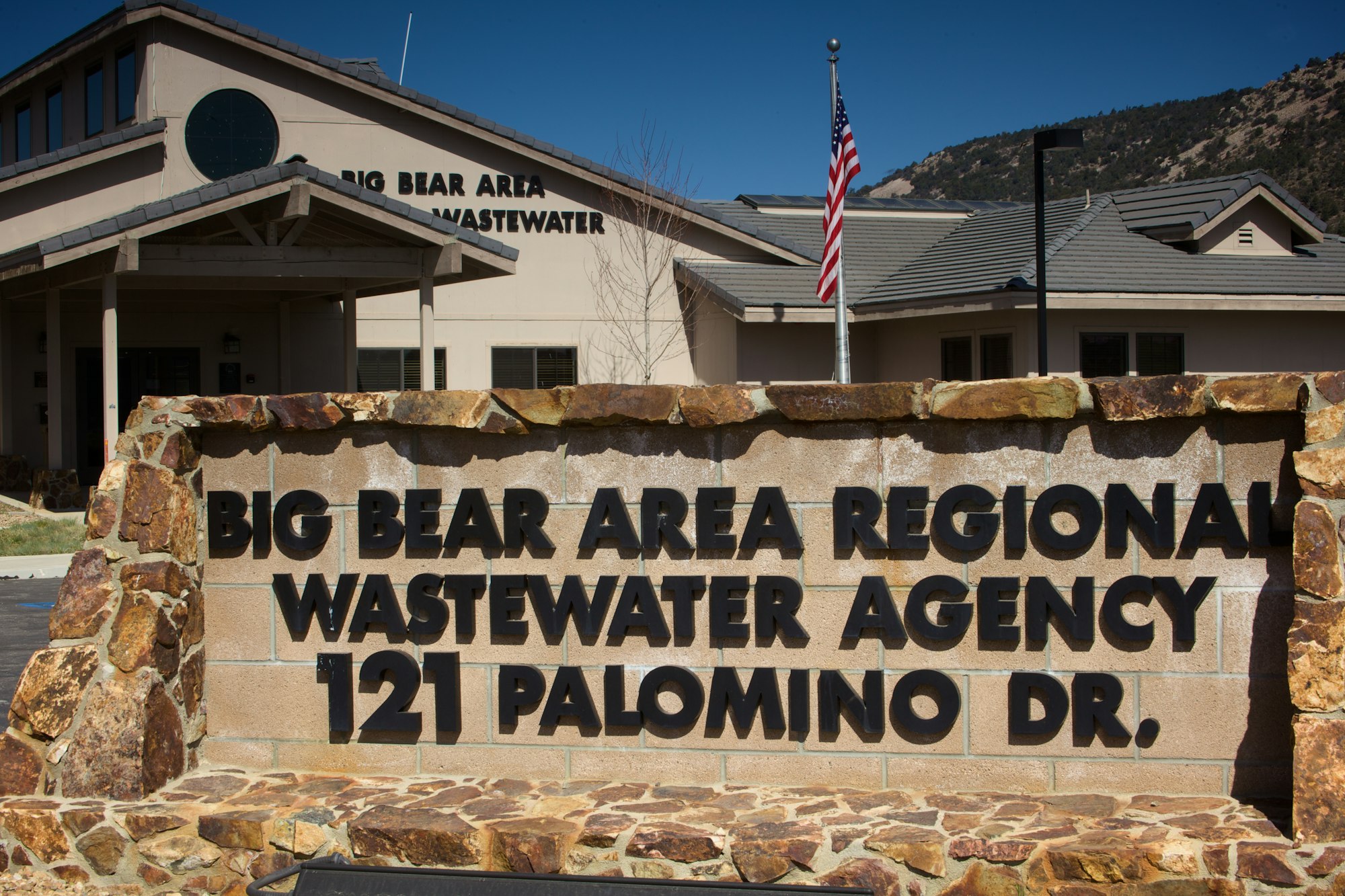About The Agency

In 1972, the Big Bear Lake Sanitation District (precursor to the City of Big Bear Lake), Big Bear City Community Services District, and the County of San Bernardino formed the Big Bear Valley Wastewater Planning Commission, which was comprised of elected officials and concerned citizens from the Big Bear Valley. The Wastewater Planning Commission initiated and completed a study entitled the “Big Bear Area Regional Wastewater Management Plan” (Regional Wastewater Plan).
When the Big Bear Area Regional Wastewater Agency (BBARWA) was formed on March 22, 1974, the goal was to implement the Regional Wastewater Plan, which the Wastewater Planning Commission developed. Of primary importance, was the need to meet short and long-term collection, treatment, and disposal needs through a regional concept, while considering beneficial reuse and environmental and economic constraints. Success was realized in March 1976 when the voters of the Big Bear Valley authorized the issuance of Sewer Revenue Bonds for the construction of BBARWA’s facilities.
As it was in 1974, BBARWA’s goal is to continue to provide centralized, cost-effective, environmentally friendly wastewater conveyance, treatment and disposal for the entire Big Bear Valley. While the Equivalent Dwelling Units (“EDUs”) inventory has become relatively stable, influent flows can fluctuate dramatically due to weather and tourism. Today, providing these services has become much more specialized and challenging due to the ever-increasing regulatory oversight, new and evolving technologies, and additional stringent requirements.
BBARWA is committed to maintaining a fiscally responsible annual, short-term budget (1-5 years), along with long-range planning in order to provide its member agencies and their customers with reliable and cost-efficient service at a fair, economical and reasonable cost.
Pursuant to BBARWA’s rules and regulations for wastewater service, BBARWA revenues are derived from: (i) total annual charges (member agency fees); (ii) connection charges; (iii) standby fees; (iv) waste disposal fees; (v) rental income and interest income. These funds not only pay for the day-to-day operations of the facilities but also ensure that BBARWA will have funds available for continuous operation in the event of a natural disaster or catastrophic failure. The annual adoption of an investment policy, which prioritizes investments in safety, liquidity, and yield, ensures that the Governing Board and staff are following fiscally prudent guidelines while protecting the investment that the Big Bear Valley has in our facilities.
